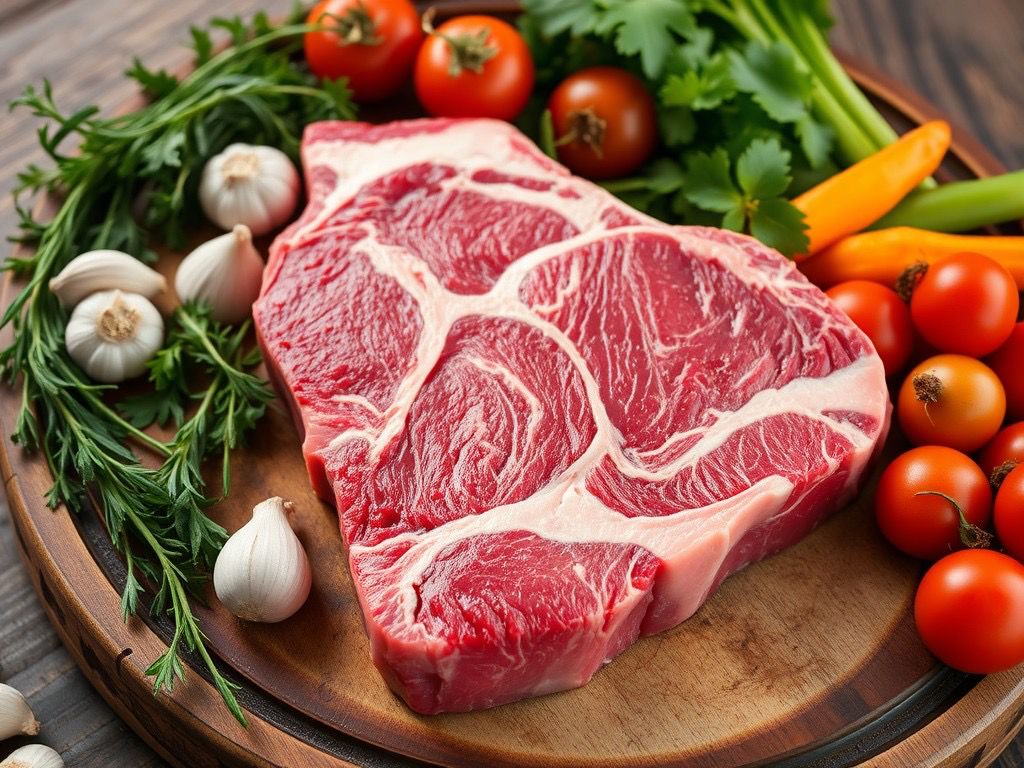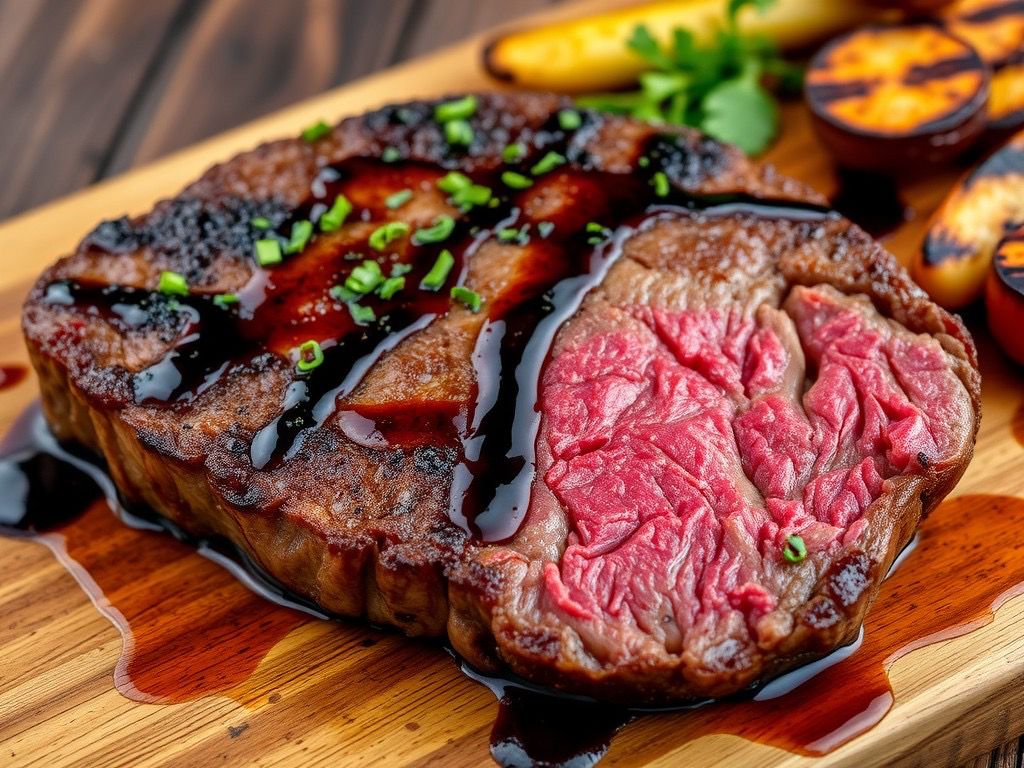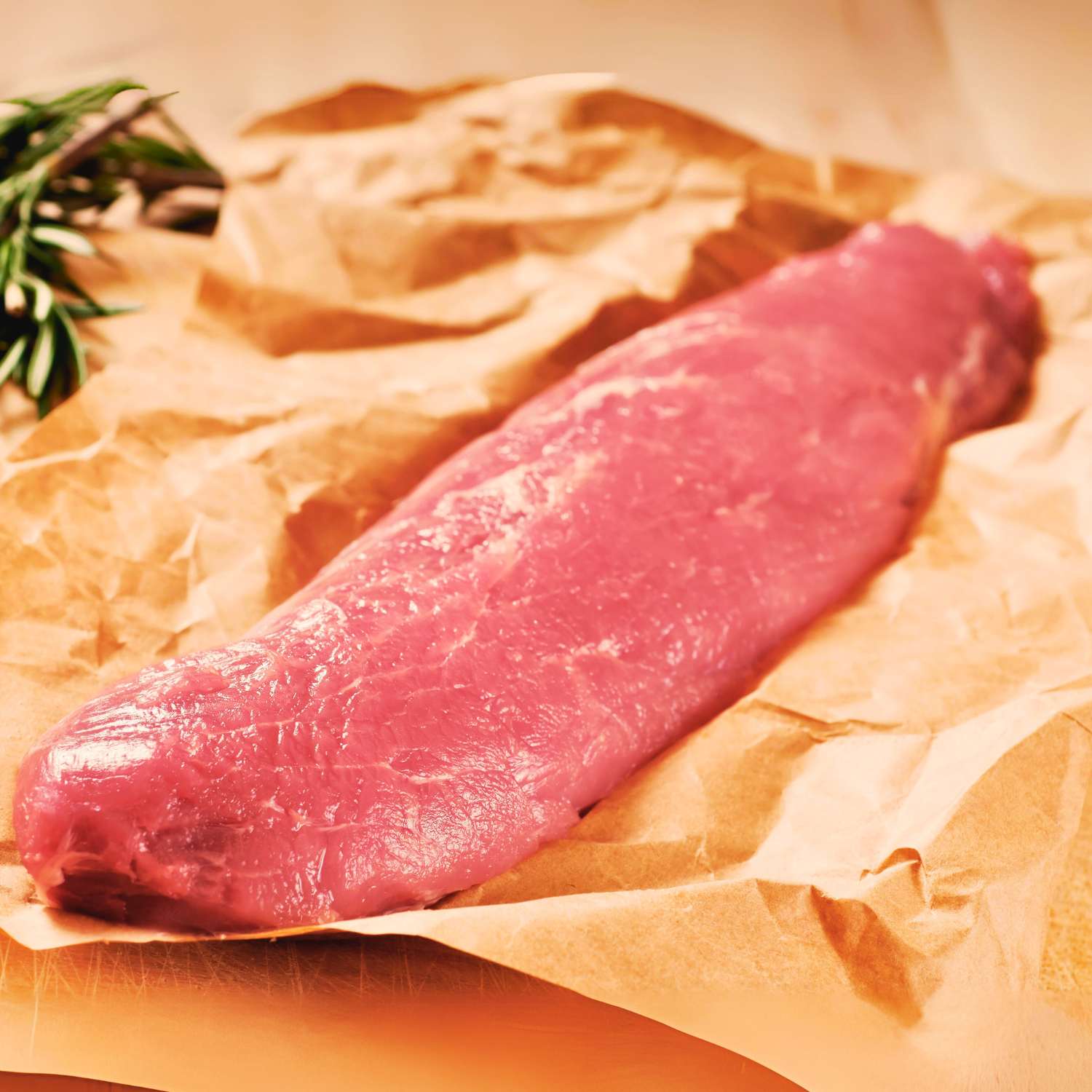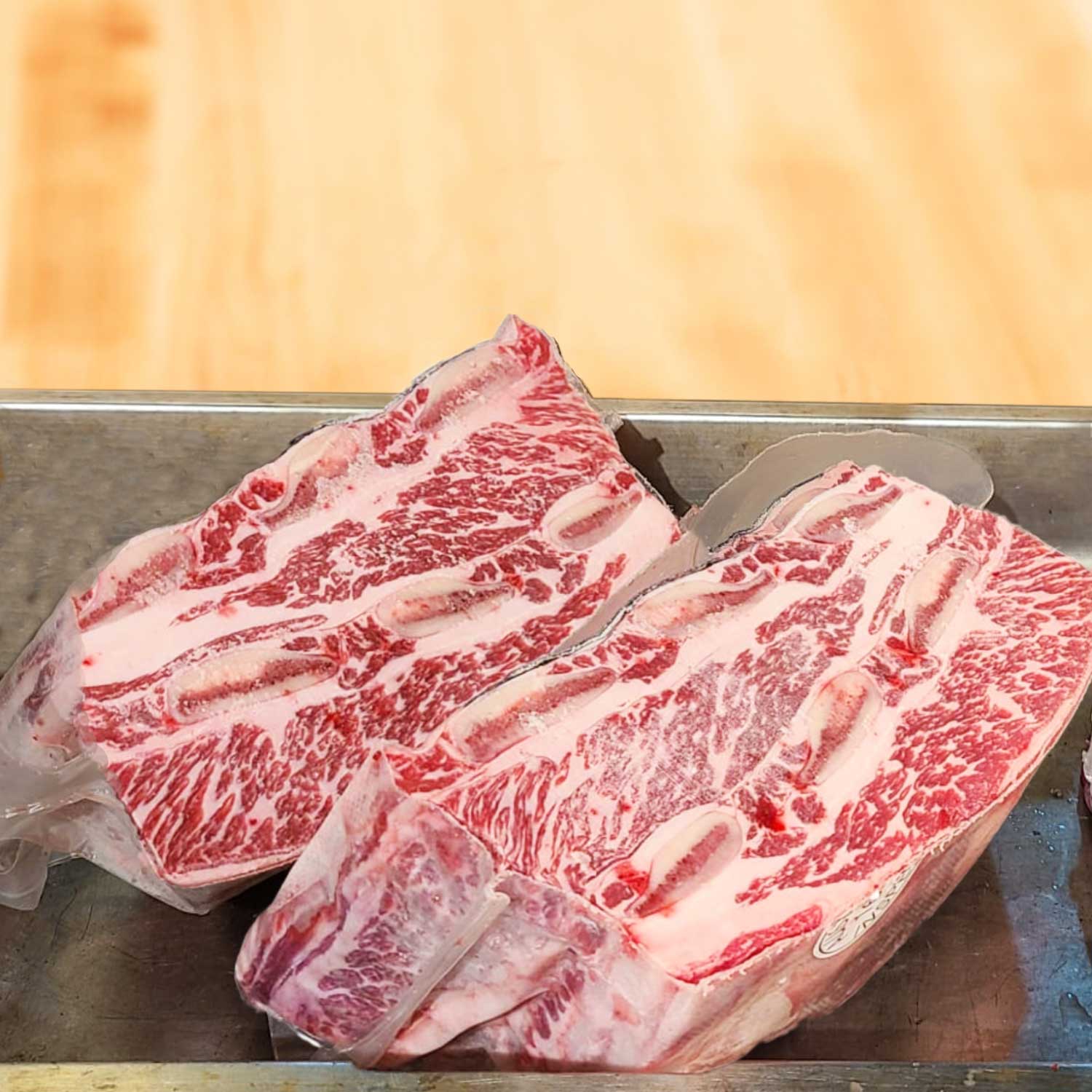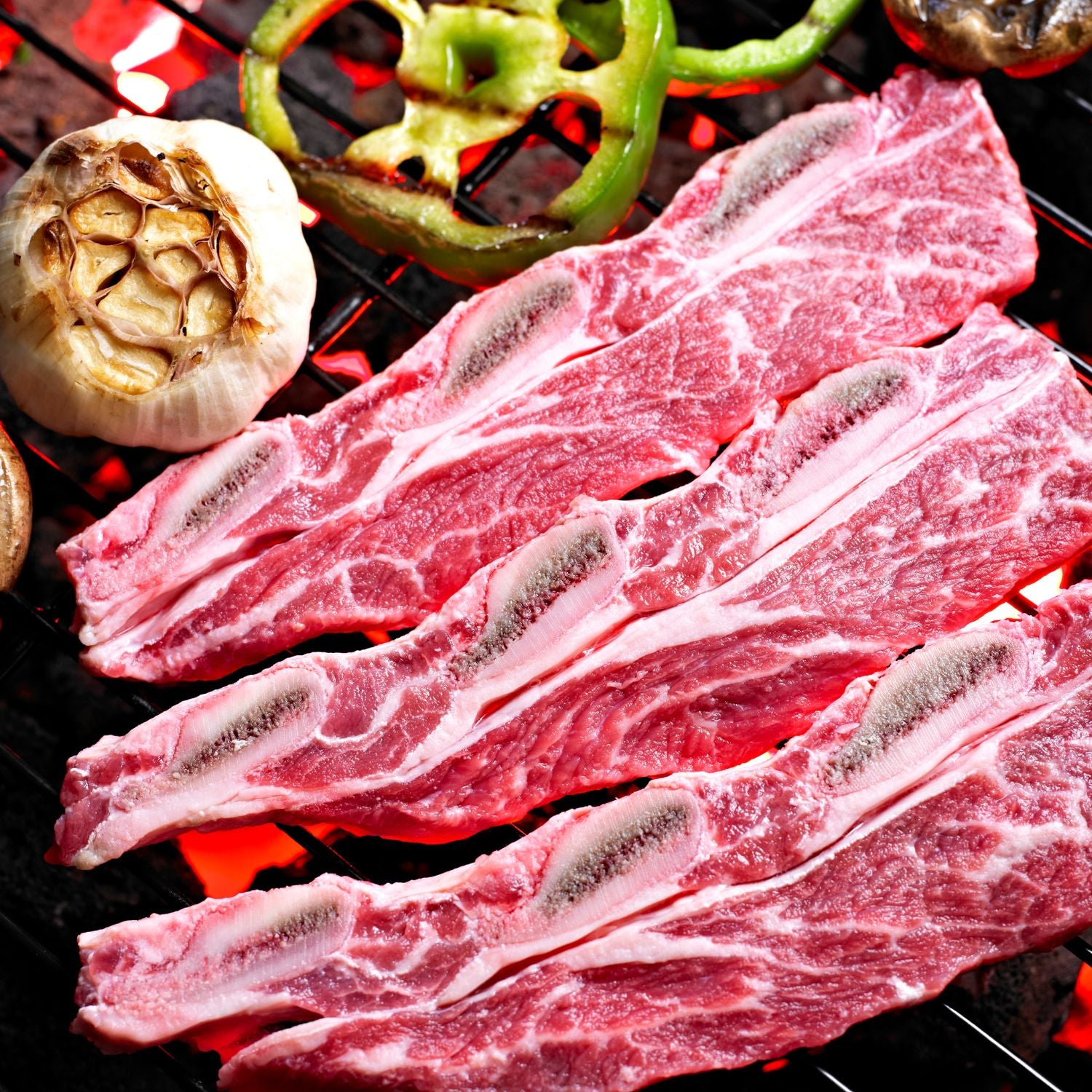Understanding the Appeal of Grassfed Beef
The Nutritional Benefits
Grassfed beef is known for being healthy. It is rich in key nutrients. This includes omega-3 fatty acids and vitamins. It also has more antioxidants than grain-fed beef. Less fat content is another plus. This makes it a better choice for those on a diet. Eating grassfed beef can help in weight management. It is good for the heart too. People in Hong Kong value these health benefits. They see it as a top pick for their Mei Shi dishes.

Grassfed vs. Grain-fed: Comparing Farming Methods
Grassfed beef is raised on natural grass diet. Grain-fed cattle eat grains like corn and soy. Grassfed beef is often leaner and tastes different. It has more omega-3s and vitamins than grain-fed beef. Farmers who raise grassfed cows use less chemicals. The natural diet means better health for the cattle. In Hong Kong, people look for quality meat. They know grassfed beef's farming is kinder to animals and land.
Essential Cooking Techniques for Grassfed Beef
Preparing the Meat
Before cooking grassfed beef, proper preparation is key. Start by choosing fresh, quality cuts. Let the meat rest at room temperature for about 20 minutes. This allows for even cooking. Pat the beef dry with paper towels. This helps to get a good sear. Trim excess fat, but leave some for flavor. Season the beef well. Use salt, pepper, and herbs. Let these seasonings soak in for a few moments. Tenderizing the meat can also enhance texture. Use a meat mallet gently, if needed. These steps will help ensure that your grassfed beef is ready for any Mei Shi dish you're planning to create.
The Art of Frying and Saut
Frying and sautéing are key when cooking grassfed beef. These methods keep the meat tender. Use a high heat and don't overcrowd the pan to get a good sear. It locks in the beef's flavors and juices. A cast-iron skillet is best for this job. It heats evenly and stays hot. For sautéing, cut beef into small, even pieces. Stir often for even cooking. Add herbs and spices for more taste. Just a few minutes on each side is often enough. Keep it simple to let the beef's natural taste shine. These tips will help you master frying and sautéing grassfed beef.
Braising and Stewing for Maximum Flavor
Braising and stewing are key for tender, tasty grassfed beef. Slow cook beef with spices and liquids. This melds flavors and softens the meat. Use a heavy pot for even heat. Keep the temperature low. Cover the pot to keep moisture in. Cook for hours until the beef falls apart easily. Pair with fresh herbs for more taste. These methods are ideal for Hong Kong's Mei Shi style cuisine.
Creating the Ultimate Mei Shi Dish
Combining Flavors and Cultures
To craft the ultimate Mei Shi dish with grassfed beef, consider Hong Kong's unique taste palette. Mix traditional Chinese spices with modern culinary influences. Simple soy sauce can enhance the beef's flavor. Oyster sauce offers a touch of sweetness. Fresh scallions bring a crisp bite. Garlic adds depth. Ginger cuts through the richness. Combine these with grassfed beef for a dish that honors both tradition and innovation. This mix reflects Hong Kong's ever-evolving food culture.
Presentation and Serving Tips
The taste of any Mei Shi dish is not just about flavor. How you present and serve the food is key. Take grassfed beef for example. It's not enough to cook it well. You need to plate it nicely too. Here are tips. Use clean and simple plates. Let the beef be the star. Slice the beef thinly. Fan it out on the plate. Add fresh herbs on top for color. Drizzle a sauce around, not over, the meat. Serve hot, not lukewarm. And, let guests see you carving. It adds to the experience.
Mei Shi Recipes: From the Eyes of Hong Kong Chefs
To create Mei Shi dishes that truly sing, we turn to Hong Kong chefs. They blend unique flavors. They draw from tradition and modern tastes. Here's a peek into their secrets:
- Using grassfed beef in classic stir-fries.
- Creating rich sauces to complement the meat's natural taste.
- Incorporating fresh, local produce for balance.
- Experimenting with spices to give dishes a new twist.
- Slow-cooking the beef in traditional clay pots.
These tips help craft a Mei Shi masterpiece.









